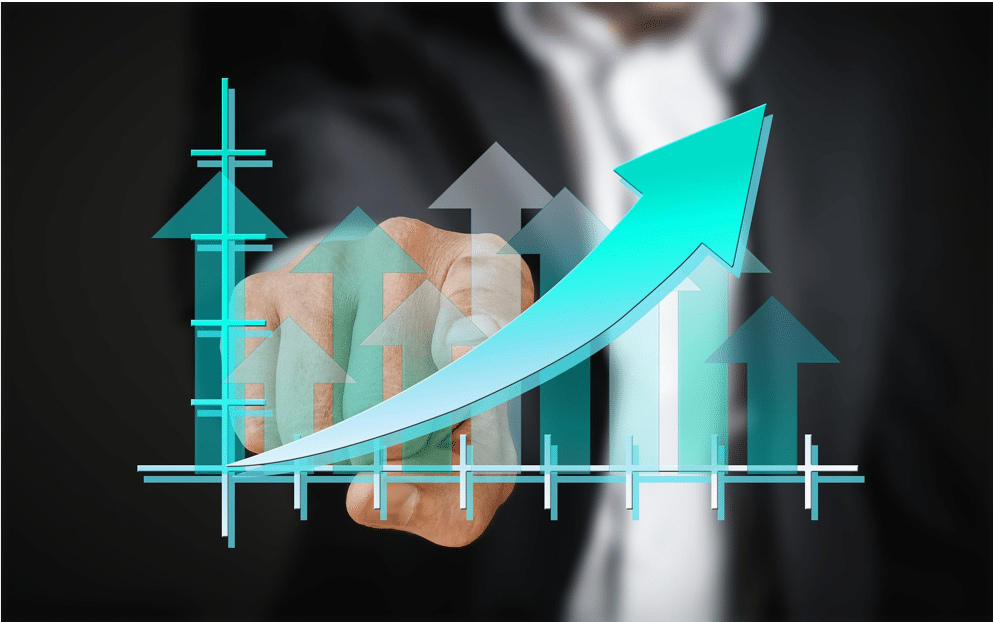Over 59% of enterprises report using supply chain analytics in their daily operations. With data being the new oil, smart Chief Procurement Officers make full use of it to make strategic decisions.
In fact, nearly half of respondents (49%) in Deloitte’s The Analytics Advantage report admit that their major use for analytics is to make better decisions. Close to 75% highlighted the importance of analytics in business strategy.
The role of supply chain analytics cannot be overlooked and understanding analytics will go a long way in boosting your own procurement campaigns.
So, what exactly is supply chain analytics?
What is Supply Chain Analytics
Supply chain analytics is best understood as the analysis of diverse information enterprises amassed from disparate sources linked to their supply chain including (but not limited to) systems tied to procurement, contract management, inventory management, fulfillment, accounts payable, and transportation.
In their post, Big Data and the Supply Chain, McKinsey & Company writers highlight the fact that supply chain analytics “uses data and quantitative methods to improve decision making for all activities across the supply chain.”
But just what are these quantitative methods used to understand this data? Enter the four types of supply chain analytics.
The 4 Types of Supply Chain Analytics
Now that we understand supply chain analytics, here are the four different types of analytics that exist:

1. Cognitive Supply Chain Analytics
Cognitive analytics focus on attempting to answer the tough, challenging, and complex questions arising from supply chain data. Example cognitive analytics questions that are often asked include:
· How can we improve our sourcing process?
· What are the bottlenecks in our purchase requisition process?
· What are the weak points in our contract management process?
2. Descriptive Supply Chain Analytics
Descriptive supply chain analytics seeks to answer the question, “What is happening [in the supply chain]?” And in order to answer this question, the following aids are often employed:
· Pie charts
· Bar graphs
· Line graphs
· Tables
3. Predictive Supply Chain Analytics
“What’s likely to happen [in the supply chain]?” is the pre-eminent question that predictive supply chain analytics is looking to solve.
Most organizations use this type of analytics to plan for the future, project problems, and find solutions before disruptions occur.
Historical data is often studied in order to obtain useful information that might help predict these future events.
4. Prescriptive Supply Chain Analytics
Prescriptive supply chain analytics are designed to provide answers to the following questions:
· What should be done [to get the best possible outcome?]
· What can we do to make [what we want] happen?
Data scientists often use advanced techniques such as simulation, graph analysis, neural networks, and complex event processing in order to arrive at answers.
Now, let’s take a closer look at the importance of analytics.
The Importance of Supply Chain Analytics
Whether you’re trying to achieve a lean supply chain, boost your planning accuracy, or simply understand supply chain risk better, analytics will help you in every case. Here are three benefits of supply chain analytics:
1. Enables you to make data-driven decisions
When making decisions that will affect your supply chain, you want to make choices based on trusted data.
Data gleaned from your supply chain is often condensed into charts and graphs for easier comprehension. Because of the colossal amounts of information being generated, analytics will help you to better understand and make sense of the statistics.
The patterns that emerge from the graphs and charts will paint a picture from which you can derive actionable insights.
2. Lowers costs and improves the bottom line
Analytics allows operational efficiency improvement and encourages better handling of supply chain management. These are both practices that will help to significantly reduce costs and subsequently improve the bottom line.
Where process efficiency is concerned, cognitive analytics can assist in identifying bottlenecks, unnecessary processes, and sorting out problematic vendors.
Predictive and prescriptive analytics can give insight into the action steps needed in order to foster a healthy vendor/buyer relationship in which trust is built and eventually discounts and other bargains may be offered by the supplier.
3. Identify risks and potential disruptions faster
Disruptions in the supply chain can greatly affect enterprise operations and day-to-day activities. This was witnessed throughout the course of the COVID-19 pandemic in which purchasing and supply chain management in 2020 became a nightmare for many.
By studying internal analytics, CPOs can better understand enterprise risks and identify vulnerabilities so they can patch them up ahead of time.
Each of the four types of analytics is often relied upon in this endeavor. This is because data scientists are trying to spot patterns and trends from historical data and answer the complex cognitive questions that follow.
The Bottom Line
The importance of supply chain analytics is clear. We’ve examined the role analytics play in modern procurement operations, how analytics are being used to drive business strategy, bring about change in procurement campaigns, and improve the bottom line.
Enterprises looking to stand out from the competition would do well to carefully consider their analytics in order to gain invaluable insights. And with so many tools to help you interpret your data, there is no reason you shouldn’t be making use of your own internal analytics.
If you’re looking for reliable, robust, and innovative procurement solutions look no further than ProcurePort. Our software is trusted and used by enterprises and organizations such as UNOPS, HUD.GOV, and conEdison.
To read more about analytics, do check out our post reporting and analytics – how effective are they in procurement? And to discuss procurement software with a consultant or to schedule a demo of our solutions, contact us today.










